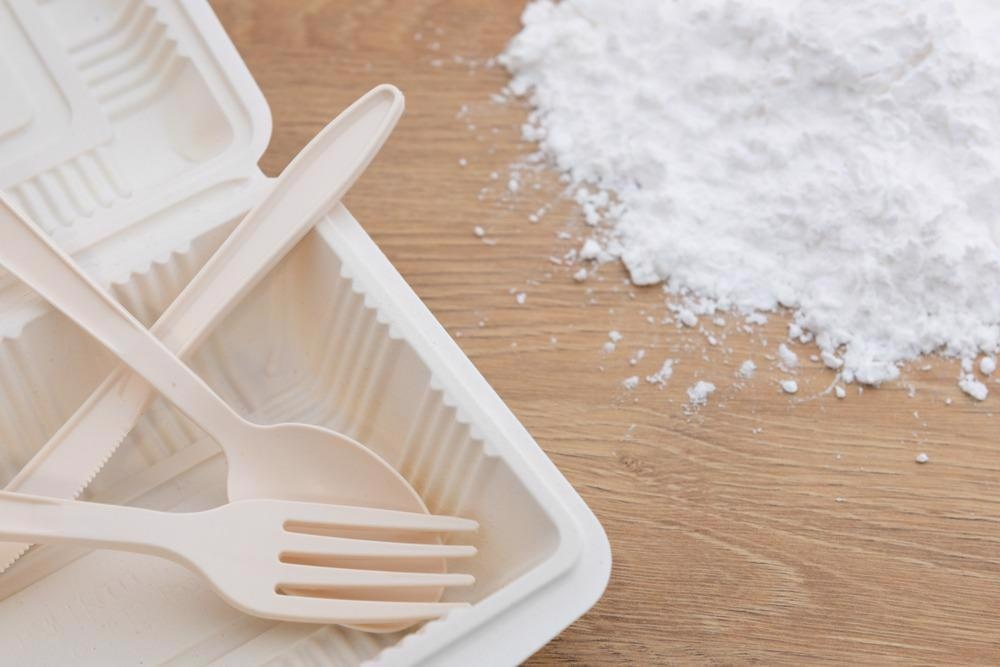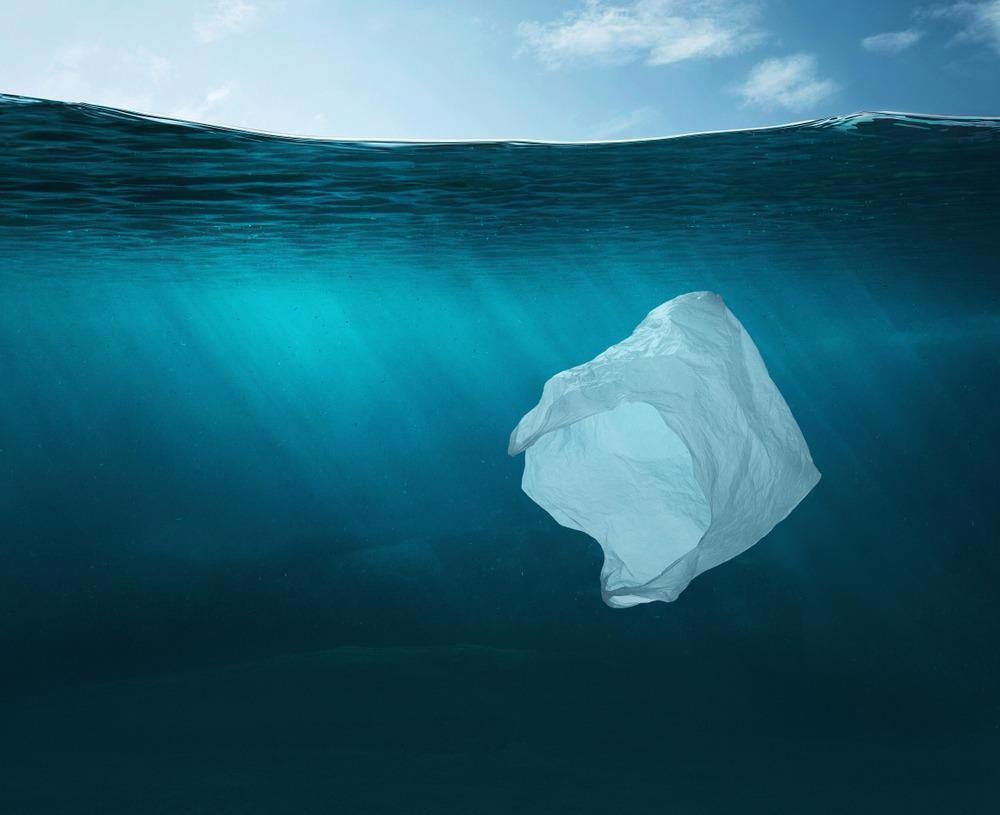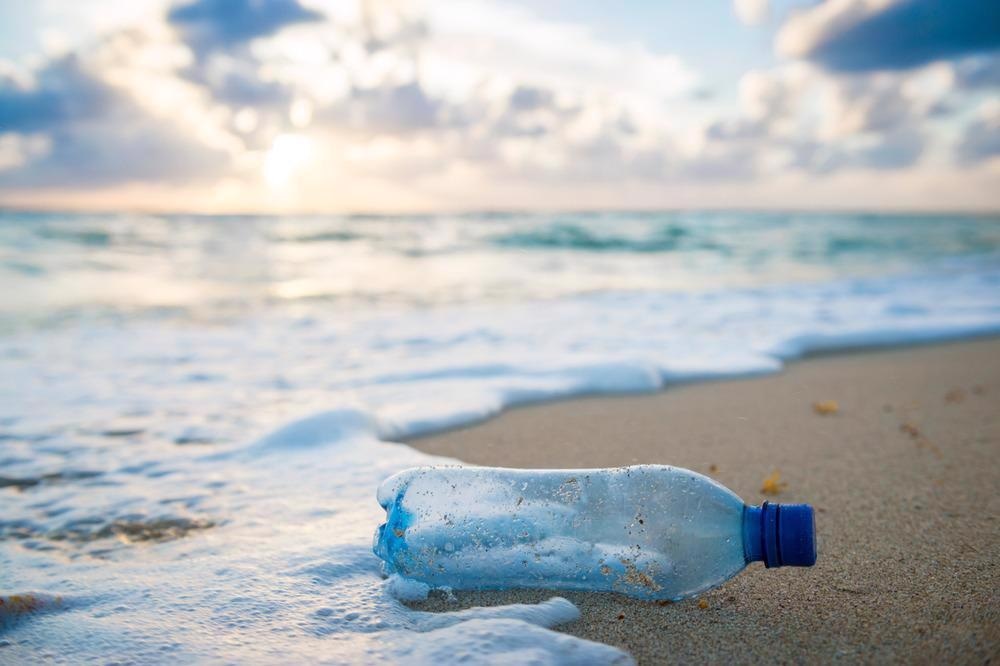In this interview, Isao Noda from the University of Delaware talks to AZoCleantech about the sustainability of bioplastics.
What's the difference between bio-based and biodegradable plastics and what do biodegradable plastics actually break down into?
Both of them are bioplastic. Some plastics could be made from bio-based resources, like cellulose or vegetable oil, but not all bio-based plastics are biodegradable. Likewise, not all the biodegradable plastics are made from biological sources. You can synthesize biodegradable polymers from petroleum, for example. Biodegradation, if it is done right, will produce basically water and CO2 which goes back through the carbon cycle.
Why is it so important to use spectroscopy to characterize plastics?
When you start designing the molecule, spectroscopy is absolutely necessary. Also, throughout different processes such as various manipulations, processing and forming, it is vital to have information about the material. And that requires analytical tools, especially spectroscopic tools.

Image Credit:Shutterstock/Pawarun Chitchirachan
What are the biggest problems with conventional petroleum-based plastics?
Conventional plastic is a wonderful material. It changed our life, but in some areas, conventional plastics are creating some issues, especially when they escape into the general environment. The problem is, conventional plastics are designed to be very stable and therefore don’t degrade, so can stay with us for many centuries if we're not careful.
What different types of bio-based plastics and biodegradable plastics have been developed?
The oldest bio-based plastic that everybody knows is cellulose acetate. It is the modified cellulose and is a very stable, wonderful plastic. It does not biodegrade. On the other hand, the most well-known bio-based biodegradable plastic is polylactic acid plastic made from sugar or starch and polyhydroxyalkanoate primarily made from vegetable oils. You can make them from sugar too. Synthetic biodegradable polymers, typically, they are polyesters, aliphatic polyesters are also used.
Can these more sustainable plastics have any other benefits or structural benefits over petroleum-based plastics apart from just their better biodegradability?
Yes, certainly. Plastics are all different and they're used for different applications. For example, polyhydroxyalkanoate has very high barrier properties and can compete with many other conventional plastics, so these are very good properties.
Why is just recycling conventional petroleum-based plastics not enough to solve the problem of plastic pollution?
There are many items that cannot be recycled like baby diapers, masks, etc. A lot of single-use items are there to be used only once and also, they are very difficult to recycle.
What properties are important for bioplastics to have to make them widely useful and how can analytical tools like spectroscopy be used to help develop these properties?
They have to have the basic physical properties, that are compatible with processing and end use, so their properties should be very similar to conventional plastics. The material has to be cheap and readily available. Spectroscopy gives us the tool to design good bioplastics. Molecular design depends on the spectroscopic probes and their performance, once they are made into the product, again, you need these tools.
What applications are bioplastics currently being used for and what applications will bioplastics replace in the future?
The starting point is any product, especially single-use products, that tend to escape into the environment, so that's the issue with petroleum-based plastics. Therefore, a material that can easily become airborne, such as films and plastic bags, can escape. Also, a hollow material like straw or containers, like a water bottle, they can escape into the environment, they will find the water and once it gets into the water, somehow it will end up in the ocean.

Image Credit:Shutterstock/rangizzz
Weathering conditions have a huge impact on the degradation of plastics. Can you discuss your research into studying this with advanced analytical methods that you're going to be presenting at Pittcon?
Yes, one of my collaborators at NIST, Dr. Shuyu Xu is going to present an accelerated weathering study of plastics, using their special equipment at NIST. So, absolutely this is important.
What are the impacts of weathering conditions? What changes can that make to how the plastic behaves?
First of all, during the use, you don't want your material to degrade or weather. But suppose it is an environment that you wish to degrade, biodegrade. In that case, the first step is disintegration by the environmental stress that comes from a UV light, weather change, moisture, pH change. Then the bacteria steps in and chops down the fragmented material into carbon dioxide and water, so that it is much easier for bacteria to handle, the weathered material, than the fresh sheet of plastics.
When you're making the polyhydroxyalkanoate, what information does infrared and Raman spectroscopy provide that can help develop the process?
Immediately, the molecular structure and also, once they are formed into the product, their crystallinity, it is clear how much has crystallized and how much remains soft. Their orientation, we are making films and fibers and always combine with many other things, these techniques help to show how compatible they are. These techniques can also show how well dispersed they are. This is all very important information that spectroscopy and microscopy provides.
Both bio-based and bio-based biodegradable plastics are still fairly rare in their use in industry and they're a fairly small market share. What do you think could bring about a switch to using these more sustainable plastics on a bigger scale?
Bioplastics historically had three major limitations. First of all, their properties, both physical and materials, have been very poor, so anybody who looked into bio-plastics, their first reaction was that they didn’t want to use them. However, after all these years of research, we are now coming up with an alternative, which is going to be very useful, superior material. The second issue was cost. Bioplastics have been very expensive. They used to cost a lot of money to produce. That is changing however, we can make bioplastics at a competitive price with petroleum-based plastics.
The third issue was availability. No matter how great the material and even if it is cheap, if you cannot get enough material, what good is it, right? The company that I'm associated with started the industrial scale commercial production of bioplastics. Now, it start becoming available, they're going to build more factories, so in the next couple of years, you're going to see bioplastics everywhere and that will change the world.
How do you think consumer pressure plays into that as well? Because obviously if you ask most ordinary people, they'd be very much in favor of using more sustainable plastic in as many products as possible. Do big manufacturers listen to that concern? Is that part of what's driving it or if not, how might they be persuaded to listen to consumers more?
Larger companies are all listening to consumers. They know that consumers will not pay for the material if it is too expensive or not of great quality. But when a consumer discovers that there is a technology to make a good product at a reasonable price, the demand for that product will start to rise. My concern is if we can manufacture enough bioplastic to meet that accelerated demand. It’s a race, but we are not worried about demand, we're much more worried about how quickly we can supply the world with this material.
What do you think the balance needs to look like between making single-use plastic more sustainable, whether it's biodegradable or just avoiding single-use plastic altogether and moving to more reusable products rather than just materials.
Single-use products exist for a good reason. People like them, they are convenient, and also, if you look into reusable materials for example, glass, metal, or even paper, the environmental burden of these materials is not that light. First of all, in order to be par with plastics versus, say, metal or glass, they have to replace a huge amount of plastic to be equally environmentally friendly.
In addition, every time you use a reusable material, you have to clean it. To do that, you use quite a lot of water and sometimes detergent. For example, cloth diapers versus disposable diapers, disposable diapers have much less environmental impact than washing a cloth diaper. Detergent is needed to wash cloth diapers along with huge amounts of water, so these things have to all come into the equation.

Image Credit:Shutterstock/lazyllama
A big concern of plastics is the accumulation of plastics in the ocean. What are the considerations when you're trying to make plastics that biodegrade in saltwater, how does the chemistry of that work compared to, say, a landfill?
The polyhydroxyalkanoate is one of the few truly known plastics which will marine biodegrade. It is certified that in salt water and fresh water, it will biodegrade. It will degrade even in home composting instead of industrial composting. Marine compatibility is probably the most important factor in the interest of polyhydroxyalkanoate-based bioplastics.
What are your next steps in your research? What are you going to be working on in the next couple of years?
I'm a college professor now and I am doing the fundamental research on the property of this class of material. It is a fascinating material and not only is it biodegradable, it has a lot of interesting properties, like tremendously high biocompatibility against cell growth. You can grow, for example, stem cells on it. On the industrial side, there is a whole series of research work going on to develop the next generation polyhydroxyalkanoate with better design and they are already in the pipeline.
How has your research been impacted by the pandemic and how do you think research into sustainable plastics and materials, in general, has adapted to the new environment?
The laboratory access and classroom setting are directly affected by the current pandemic. On the other hand, it also forced the environment to communicate with videoconference and remote conference, that has changed the way that we interact very much. I interact with my students and sometimes I ask them, "Hey, take your iPad to the lab and show me what you're doing." So, as if I'm in the laboratory with them in the middle of the night, I can communicate. However, the smell of the laboratory is something that cannot be replaced.
The pandemic has forced all of us to change and adapt how we work. Do you think this could create opportunities for society as a whole to focus on sustainability? What changes could it make to make the future better?
Masks are now a major part of litter, people throw them away and you can often see them all over. The current pandemic has caused a change in attitude and change in product demand, these things are changing what we do. We start seeing the world differently, and also we can now see how fragile and vulnerable we are. We are not invincible, so if we screw up, we have to pay dearly and that also applies to the environment and materials. These are things that we have taken for granted, but now we have to change that entitlement mentality and start looking into what else can we do.
About Pittcon
 Pittcon® is a registered trademark of The Pittsburgh Conference on Analytical Chemistry and Applied Spectroscopy, a Pennsylvania non-profit organization. Co-sponsored by the Spectroscopy Society of Pittsburgh and the Society for Analytical Chemists of Pittsburgh, Pittcon is the premier annual conference and exposition on laboratory science.
Pittcon® is a registered trademark of The Pittsburgh Conference on Analytical Chemistry and Applied Spectroscopy, a Pennsylvania non-profit organization. Co-sponsored by the Spectroscopy Society of Pittsburgh and the Society for Analytical Chemists of Pittsburgh, Pittcon is the premier annual conference and exposition on laboratory science.
Proceeds from Pittcon fund science education and outreach at all levels, kindergarten through adult. Pittcon donates more than a million dollars a year to provide financial and administrative support for various science outreach activities including science equipment grants, research grants, scholarships and internships for students, awards to teachers and professors, and grants to public science centers, libraries and museums.
Visit pittcon.org for more information.
Sponsored Content Policy: News-Medical.net publishes articles and related content that may be derived from sources where we have existing commercial relationships, provided such content adds value to the core editorial ethos of News-Medical.Net which is to educate and inform site visitors interested in medical research, science, medical devices and treatments.
Disclaimer: The views expressed here are those of the interviewee and do not necessarily represent the views of AZoM.com Limited (T/A) AZoNetwork, the owner and operator of this website. This disclaimer forms part of the Terms and Conditions of use of this website.